 Technology peripherals
Technology peripherals
 AI
AI
 The prediction accuracy is as high as 0.98. Tsinghua University, Shenzhen Technology and others proposed a multifunctional prediction framework for MOF materials based on Transformer.
The prediction accuracy is as high as 0.98. Tsinghua University, Shenzhen Technology and others proposed a multifunctional prediction framework for MOF materials based on Transformer.
The prediction accuracy is as high as 0.98. Tsinghua University, Shenzhen Technology and others proposed a multifunctional prediction framework for MOF materials based on Transformer.

Editor| Out of huge potential.
Traditional simulation methods, such as molecular dynamics, although complex and computationally demanding, are highly accurate in simulating system behavior. In contrast, machine learning methods based on feature engineering perform better when dealing with complex systems. However, due to the scarcity of labeled data, it can easily lead to overfitting problems. Furthermore, these machine learning methods are usually designed to solve a single task and lack support for multi-task learning. Therefore, when choosing an appropriate method, factors such as accuracy, data requirements, and task complexity need to be weighed to find the solution that best fits the specific problem.
To address these challenges, a multi-institutional team composed of Tsinghua University, University of California, Sun Yat-sen University, Suzhou University, Shenzhen Technology and AI for Science Institute (AISI, Beijing) collaborated present Uni-MOF, an innovative framework for large-scale three-dimensional MOF representation learning, designed for multi-purpose gas prediction. Uni-MOFs are suitable for both scientific research and practical applications.
Uni-MOF can be regarded as a multifunctional gas adsorption predictor for MOF materials, showing excellent prediction accuracy in simulated data, marking an important application of machine learning in gas adsorption research.
The study was titled "A comprehensive transformer-based approach for high-accuracy gas adsorption predictions in metal-organic frameworks" and was published in "Nature Communications" on March 1, 2024.
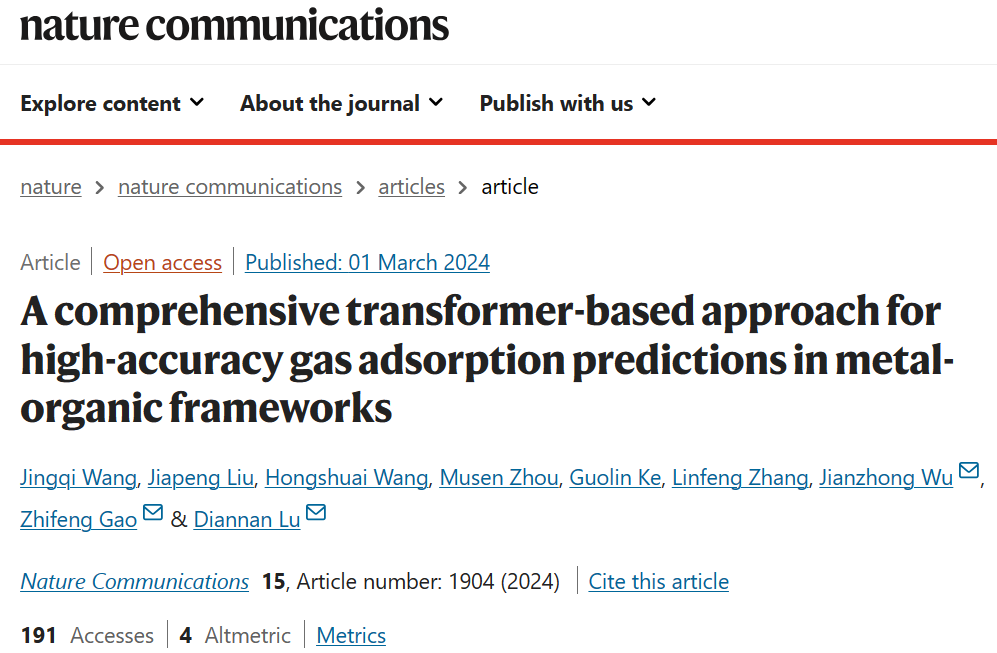 Paper link: https://www.nature.com/articles/s41467-024-46276-x
Paper link: https://www.nature.com/articles/s41467-024-46276-x
Need a unified adsorption framework
Metal-organic frameworks (MOFs) are widely used in gas separation and other fields because of their adjustable structural properties and chemical composition.
Although MOFs have great potential for gas adsorption, accurately predicting their adsorption capacity remains a challenge.
Computational methods such as molecular dynamics and Monte Carlo (MC) have high computational costs and complex implementation, which limits their use in large-scale, multi-gas and high-throughput calculations. In addition, gas adsorption operates over a wide range of conditions, making predictions more complex.
Graph neural networks and Transformers have been shown to successfully predict MOF properties.
Although existing models for predicting adsorption properties have high performance and strong predictive capabilities, they are usually designed for a single task, specifically predicting the adsorption absorption rate of a specific gas under specific conditions. However, the available datasets for these single-task predictions are often limited, hindering the generalizability of the models.
On the other hand, the combination of labeled data from various adsorbed gases in different temperature and pressure environments can create large data sets suitable for training across the entire operating conditions. The increased amount of data can also enhance the model's generalization capabilities and improve its practical industrial use. Therefore, a unified adsorption framework is needed to advance these models.
In addition, ensemble representation learning, or pre-training, for large-scale unlabeled MOF structures can further improve model performance and representation capabilities.
Uni-MOF Framework: Suitable for both scientific research and practical applications
Inspired by this, the research team proposed the Uni-MOF framework as a multi-purpose solution that uses structural representation learning to predict Gas adsorption of MOF under different conditions.
Compared with other Transformer-based models (such as MOFormer and MOFTransformer), Uni-MOF, as a Transformer-based framework, can not only identify and restore the three-dimensional structure of nanoporous materials in pre-training, thus greatly improving Robustness of nanoporous materials. And the fine-tuning task further takes into account operating conditions such as temperature, pressure and different gas molecules, making Uni-MOF suitable for both scientific research and practical applications.
Uni-MOF As a comprehensive gas adsorption estimator for MOF materials, only the crystal information file (CIF) of the MOF and related gas, temperature and pressure parameters are needed to predict nanoporous materials under a wide range of operating conditions. gas adsorption characteristics. The Uni-MOF framework is easy to use and allows module selection.
In addition, the problem of overfitting is effectively solved by combining various cross-system absorption labeled data with representation learning of a large amount of unlabeled structural data. This compensates for both high-quality data and data deficiencies, ultimately improving the accuracy of gas adsorption predictions.
The Uni-MOF framework enables atomic-level material identification accuracy, while integrated models make Uni-MOF more applicable to engineering problems. There is no doubt that achieving truly unified models is the future direction of the materials field, rather than just focusing on specialized fields. Uni-MOF is a pioneering practice of machine learning in the field of gas adsorption.
Uni-MOF Framework Overview
The Uni-MOF framework includes pre-training of three-dimensional nanoporous crystals and fine-tuning of multi-task predictions for downstream applications.

Figure 1: Schematic of the Uni-MOF framework. (Source: Paper)
Pre-training on 3D crystalline materials significantly enhances the prediction performance for downstream tasks, especially for large-scale unlabeled data.
To solve the problem of insufficient supervision of training data sets, researchers collected a large dataset of MOF structures and generated more than 300,000 MOFs using ToBaCCo.3.0. High-throughput construction of COFs based on Materials Genome Strategies and Quasi-Reactive Assembly Algorithm (QReaxAA) is feasible to establish a comprehensive COF library. Through the spatial configuration of the material, Uni-MOF is able to well learn the structural properties of the material, and the most important thing is the chemical bond information.
In order to enable Uni-MOF to learn a more diverse range of materials and thus improve the generalization ability to a wider range of materials, MOF and COF were introduced virtually and experimentally during the pre-training process. Similar to the masked labeling task in BERT and Uni-Mol, Uni-MOF adopts the prediction task of masked atoms, thereby facilitating pre-trained models to gain in-depth understanding of the material spatial structure.
To enhance the robustness of pre-training and generalize the learned representations, the researchers introduced noise to the original coordinates of MOFs. In the pre-training phase, two tasks are designed. (1) Reconstruct original 3D positions from noisy data, and (2) predict shielded atoms. These tasks can enhance model robustness and improve downstream predictive performance.
In addition to diverse spatial configurations, a comprehensive set of material property data points is also critical for model training. To enrich the dataset, the researchers established a custom data generation process (shown in Figure 1b).
Fine-tuning of Uni-MOF is based on the extraction of representations obtained through pre-training, and the use of home-made workflows to generate and collect large datasets. During the fine-tuning process, approximately 3,000,000 labeled data points under various adsorption conditions for MOFs and COFs were used to train the model, enabling accurate prediction of adsorption capacity.
With a diverse database of cross-system target data, Uni-MOF is fine-tuned to predict the multi-system adsorption properties of MOFs in any state. Therefore, Uni-MOF is a unified and easy-to-use framework for predicting the adsorption performance of MOF adsorbents.
Most importantly, Uni-MOF requires no additional labor to identify human-defined structural features. Instead, the CIF of the MOF and the associated gas, temperature and pressure parameters are sufficient. The self-supervised learning strategy and rich database ensure that Uni-MOF is able to predict the gas adsorption properties of nanoporous materials under various operating parameters, making it a proficient estimator of gas adsorption for MOF materials.
Prediction accuracy up to 0.98, predicts across systems
The study performed self-supervised learning on a database of more than 631,000 MOFs and COFs, with prediction accuracy up to 0.98. This shows that the representation learning framework based on 3D pre-training effectively learns the complex structural information of MOF while avoiding overfitting.
Uni-MOF was applied to predict the gas adsorption performance of three major databases (hMOF_MOFX-DB, CoRE_MOFX-DB and CoRE_MAP_DB), and a prediction accuracy of up to 0.98 was achieved in databases with sufficient data.
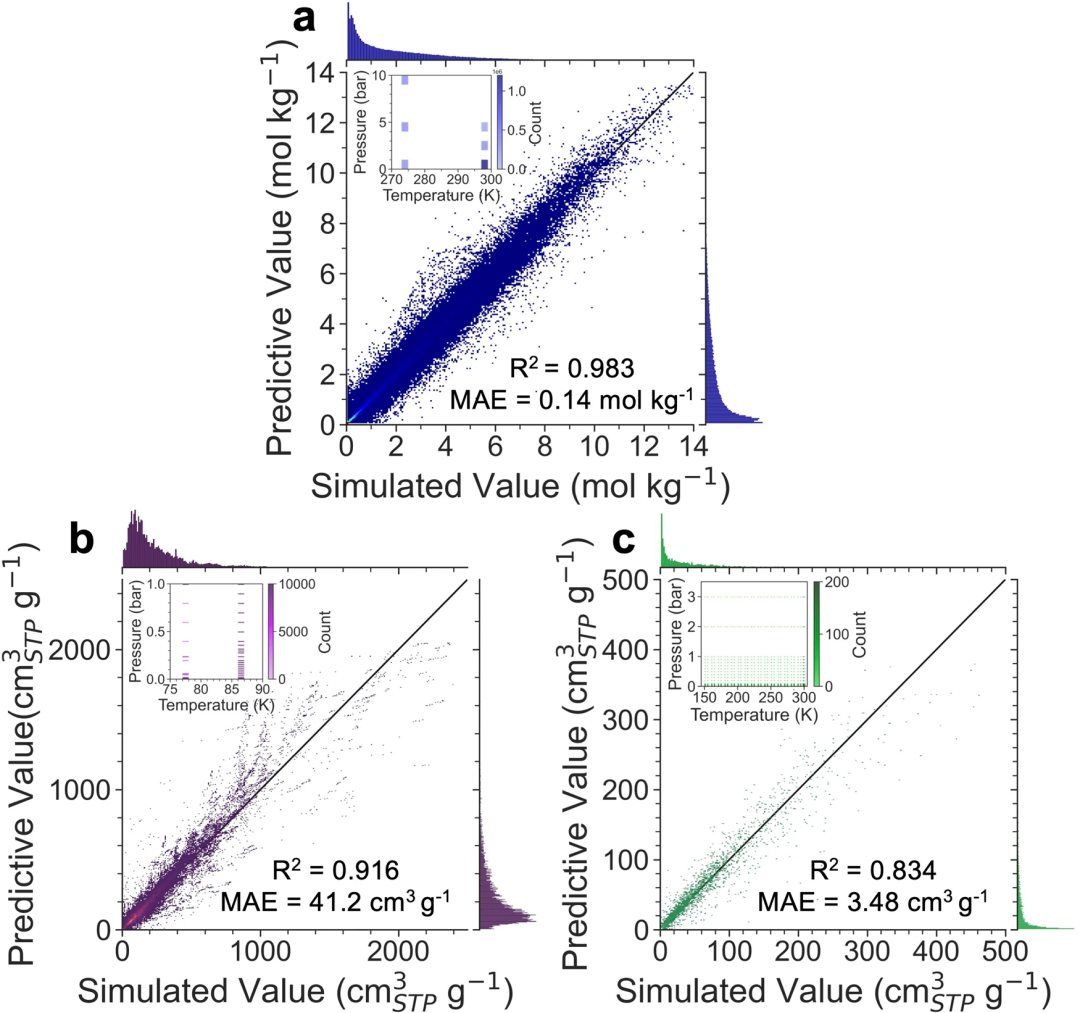
#Figure 2: Overall performance of Uni-MOF in large-scale databases. (Source: paper)
When the data set is fully sampled, Uni-MOF not only maintains a prediction accuracy of more than 0.83, but also can accurately select high performance at high pressure by predicting adsorption at low pressure only. adsorbent, consistent with the experimental screening results. Uni-MOF therefore represents a major breakthrough in the application of machine learning techniques in the field of materials science.
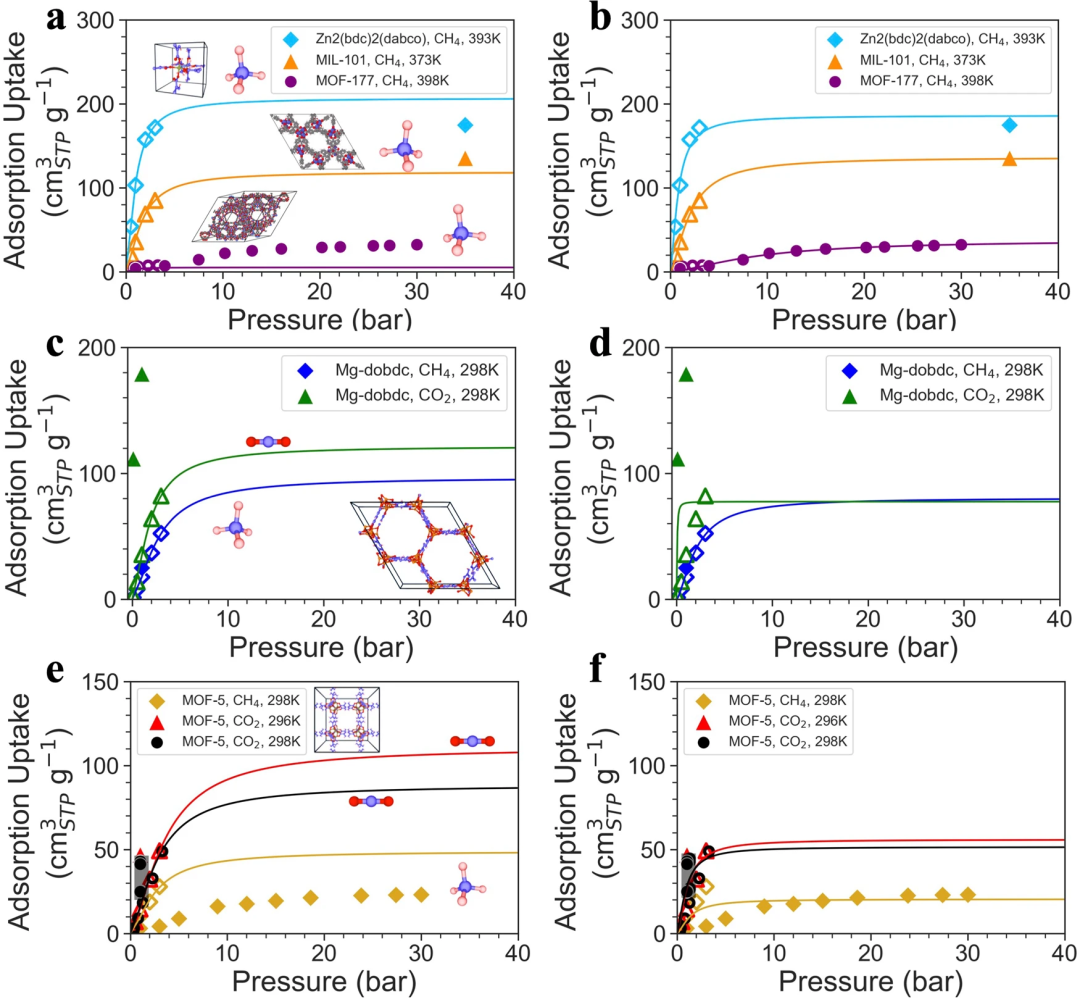
Figure 3: Adsorption isotherms based on low pressure predictions and high pressure experimental values, each curve represents a Langmuir fit. (Source: paper)
In addition, compared with single-system tasks, the Uni-MOF framework shows superior performance on cross-system data sets and can accurately predict the adsorption characteristics of unknown gases with a prediction accuracy as high as 0.85, Demonstrates its strong predictive power and versatility.
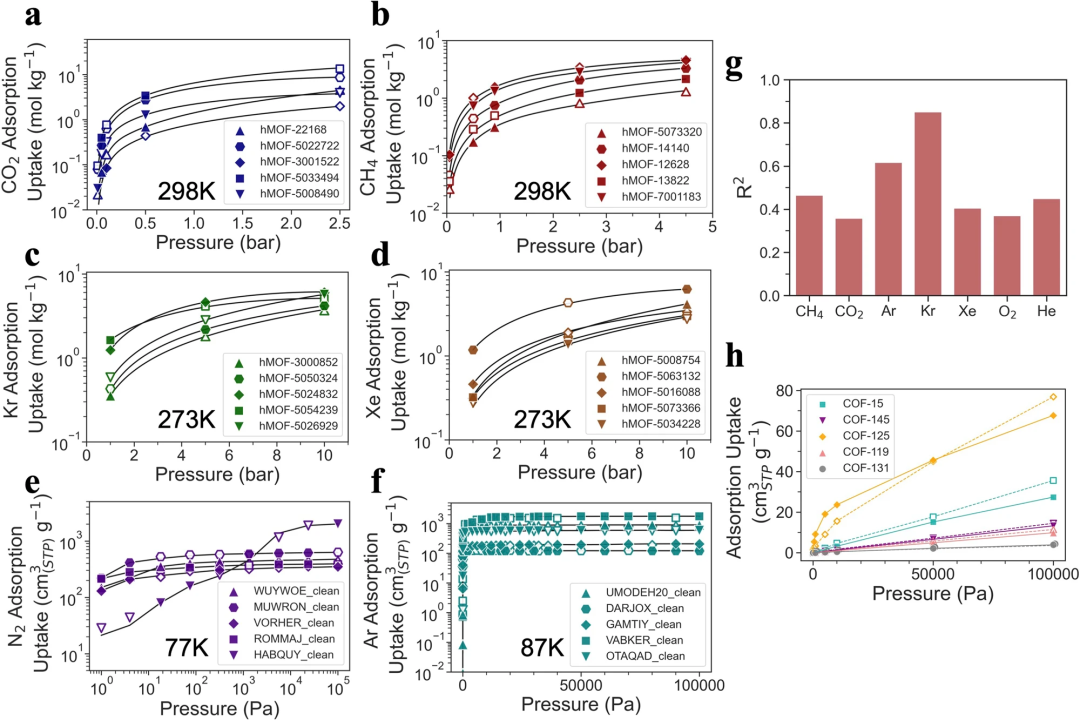
Figure 4: Uni-MOF cross-system prediction case. (Source: paper)
Research shows that pre-trained self-supervised learning strategies can effectively improve the robustness and downstream prediction performance of Uni-MOF.
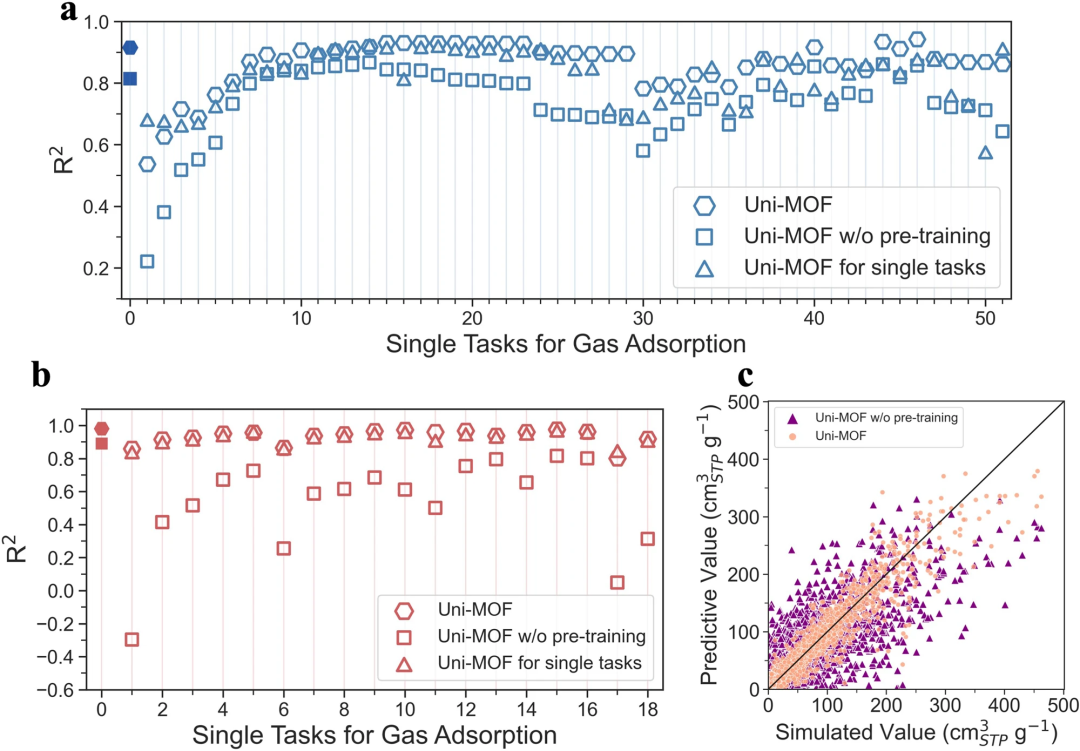
Figure 5: Comparison of Uni-MOF and Uni-MOF without pre-training. (Source: paper)
Through extensive pre-training on three-dimensional structures, Uni-MOF effectively learns the structural features of MOFs and achieves a high coefficient of determination of 0.99 for hMOFs.
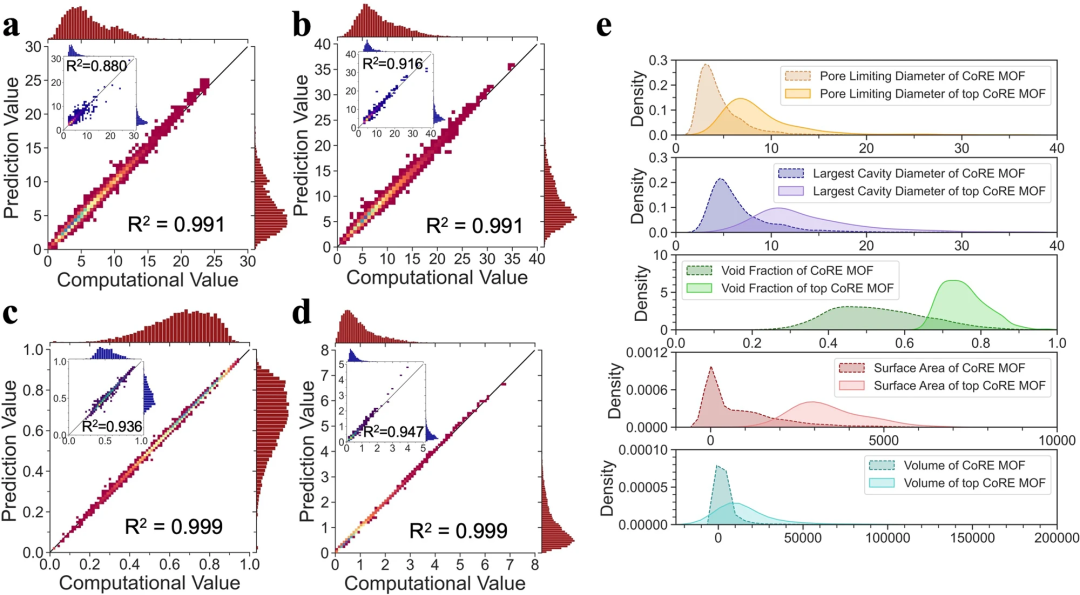
Figure 6: Prediction and analysis of structural characteristics. (Source: paper)
In addition, t-SNE (t-distributed stochastic neighbor embedding) analysis confirmed that the fine-tuning stage can further learn structural features and can well identify structures with different adsorbate behaviors, which It is shown that there is a strong correlation between the learned representation and the gas adsorption target.
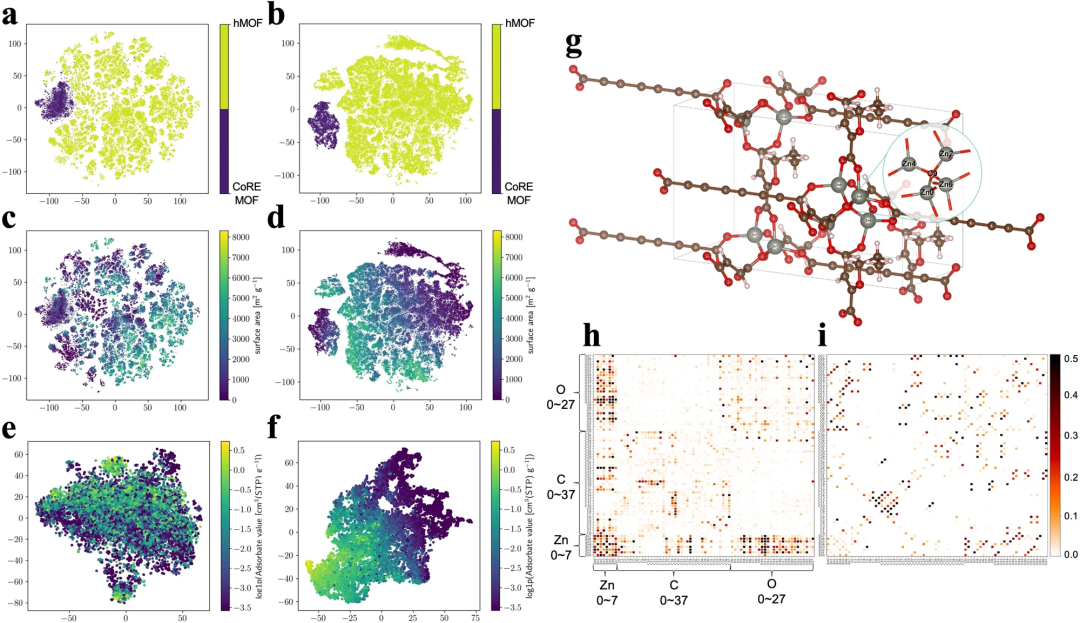
Figure 7: Visualization of MOF structural representation in hMOF and CoRE_MOF datasets, low-dimensional embeddings computed by t-SNE method. (Source: paper)
In short, the Uni-MOF framework, as a multi-functional prediction platform for MOF materials, acts as a gas adsorption estimator for MOFs and has high accuracy in predicting gas adsorption under different operating conditions. It has broad application prospects in the field of materials science.
The above is the detailed content of The prediction accuracy is as high as 0.98. Tsinghua University, Shenzhen Technology and others proposed a multifunctional prediction framework for MOF materials based on Transformer.. For more information, please follow other related articles on the PHP Chinese website!

Hot AI Tools

Undresser.AI Undress
AI-powered app for creating realistic nude photos

AI Clothes Remover
Online AI tool for removing clothes from photos.

Undress AI Tool
Undress images for free

Clothoff.io
AI clothes remover

Video Face Swap
Swap faces in any video effortlessly with our completely free AI face swap tool!

Hot Article

Hot Tools

Notepad++7.3.1
Easy-to-use and free code editor

SublimeText3 Chinese version
Chinese version, very easy to use

Zend Studio 13.0.1
Powerful PHP integrated development environment

Dreamweaver CS6
Visual web development tools

SublimeText3 Mac version
God-level code editing software (SublimeText3)

Hot Topics
 1386
1386
 52
52
 Breaking through the boundaries of traditional defect detection, 'Defect Spectrum' achieves ultra-high-precision and rich semantic industrial defect detection for the first time.
Jul 26, 2024 pm 05:38 PM
Breaking through the boundaries of traditional defect detection, 'Defect Spectrum' achieves ultra-high-precision and rich semantic industrial defect detection for the first time.
Jul 26, 2024 pm 05:38 PM
In modern manufacturing, accurate defect detection is not only the key to ensuring product quality, but also the core of improving production efficiency. However, existing defect detection datasets often lack the accuracy and semantic richness required for practical applications, resulting in models unable to identify specific defect categories or locations. In order to solve this problem, a top research team composed of Hong Kong University of Science and Technology Guangzhou and Simou Technology innovatively developed the "DefectSpectrum" data set, which provides detailed and semantically rich large-scale annotation of industrial defects. As shown in Table 1, compared with other industrial data sets, the "DefectSpectrum" data set provides the most defect annotations (5438 defect samples) and the most detailed defect classification (125 defect categories
 NVIDIA dialogue model ChatQA has evolved to version 2.0, with the context length mentioned at 128K
Jul 26, 2024 am 08:40 AM
NVIDIA dialogue model ChatQA has evolved to version 2.0, with the context length mentioned at 128K
Jul 26, 2024 am 08:40 AM
The open LLM community is an era when a hundred flowers bloom and compete. You can see Llama-3-70B-Instruct, QWen2-72B-Instruct, Nemotron-4-340B-Instruct, Mixtral-8x22BInstruct-v0.1 and many other excellent performers. Model. However, compared with proprietary large models represented by GPT-4-Turbo, open models still have significant gaps in many fields. In addition to general models, some open models that specialize in key areas have been developed, such as DeepSeek-Coder-V2 for programming and mathematics, and InternVL for visual-language tasks.
 Training with millions of crystal data to solve the crystallographic phase problem, the deep learning method PhAI is published in Science
Aug 08, 2024 pm 09:22 PM
Training with millions of crystal data to solve the crystallographic phase problem, the deep learning method PhAI is published in Science
Aug 08, 2024 pm 09:22 PM
Editor |KX To this day, the structural detail and precision determined by crystallography, from simple metals to large membrane proteins, are unmatched by any other method. However, the biggest challenge, the so-called phase problem, remains retrieving phase information from experimentally determined amplitudes. Researchers at the University of Copenhagen in Denmark have developed a deep learning method called PhAI to solve crystal phase problems. A deep learning neural network trained using millions of artificial crystal structures and their corresponding synthetic diffraction data can generate accurate electron density maps. The study shows that this deep learning-based ab initio structural solution method can solve the phase problem at a resolution of only 2 Angstroms, which is equivalent to only 10% to 20% of the data available at atomic resolution, while traditional ab initio Calculation
 Google AI won the IMO Mathematical Olympiad silver medal, the mathematical reasoning model AlphaProof was launched, and reinforcement learning is so back
Jul 26, 2024 pm 02:40 PM
Google AI won the IMO Mathematical Olympiad silver medal, the mathematical reasoning model AlphaProof was launched, and reinforcement learning is so back
Jul 26, 2024 pm 02:40 PM
For AI, Mathematical Olympiad is no longer a problem. On Thursday, Google DeepMind's artificial intelligence completed a feat: using AI to solve the real question of this year's International Mathematical Olympiad IMO, and it was just one step away from winning the gold medal. The IMO competition that just ended last week had six questions involving algebra, combinatorics, geometry and number theory. The hybrid AI system proposed by Google got four questions right and scored 28 points, reaching the silver medal level. Earlier this month, UCLA tenured professor Terence Tao had just promoted the AI Mathematical Olympiad (AIMO Progress Award) with a million-dollar prize. Unexpectedly, the level of AI problem solving had improved to this level before July. Do the questions simultaneously on IMO. The most difficult thing to do correctly is IMO, which has the longest history, the largest scale, and the most negative
 Nature's point of view: The testing of artificial intelligence in medicine is in chaos. What should be done?
Aug 22, 2024 pm 04:37 PM
Nature's point of view: The testing of artificial intelligence in medicine is in chaos. What should be done?
Aug 22, 2024 pm 04:37 PM
Editor | ScienceAI Based on limited clinical data, hundreds of medical algorithms have been approved. Scientists are debating who should test the tools and how best to do so. Devin Singh witnessed a pediatric patient in the emergency room suffer cardiac arrest while waiting for treatment for a long time, which prompted him to explore the application of AI to shorten wait times. Using triage data from SickKids emergency rooms, Singh and colleagues built a series of AI models that provide potential diagnoses and recommend tests. One study showed that these models can speed up doctor visits by 22.3%, speeding up the processing of results by nearly 3 hours per patient requiring a medical test. However, the success of artificial intelligence algorithms in research only verifies this
 To provide a new scientific and complex question answering benchmark and evaluation system for large models, UNSW, Argonne, University of Chicago and other institutions jointly launched the SciQAG framework
Jul 25, 2024 am 06:42 AM
To provide a new scientific and complex question answering benchmark and evaluation system for large models, UNSW, Argonne, University of Chicago and other institutions jointly launched the SciQAG framework
Jul 25, 2024 am 06:42 AM
Editor |ScienceAI Question Answering (QA) data set plays a vital role in promoting natural language processing (NLP) research. High-quality QA data sets can not only be used to fine-tune models, but also effectively evaluate the capabilities of large language models (LLM), especially the ability to understand and reason about scientific knowledge. Although there are currently many scientific QA data sets covering medicine, chemistry, biology and other fields, these data sets still have some shortcomings. First, the data form is relatively simple, most of which are multiple-choice questions. They are easy to evaluate, but limit the model's answer selection range and cannot fully test the model's ability to answer scientific questions. In contrast, open-ended Q&A
 PRO | Why are large models based on MoE more worthy of attention?
Aug 07, 2024 pm 07:08 PM
PRO | Why are large models based on MoE more worthy of attention?
Aug 07, 2024 pm 07:08 PM
In 2023, almost every field of AI is evolving at an unprecedented speed. At the same time, AI is constantly pushing the technological boundaries of key tracks such as embodied intelligence and autonomous driving. Under the multi-modal trend, will the situation of Transformer as the mainstream architecture of AI large models be shaken? Why has exploring large models based on MoE (Mixed of Experts) architecture become a new trend in the industry? Can Large Vision Models (LVM) become a new breakthrough in general vision? ...From the 2023 PRO member newsletter of this site released in the past six months, we have selected 10 special interpretations that provide in-depth analysis of technological trends and industrial changes in the above fields to help you achieve your goals in the new year. be prepared. This interpretation comes from Week50 2023
 The accuracy rate reaches 60.8%. Zhejiang University's chemical retrosynthesis prediction model based on Transformer was published in the Nature sub-journal
Aug 06, 2024 pm 07:34 PM
The accuracy rate reaches 60.8%. Zhejiang University's chemical retrosynthesis prediction model based on Transformer was published in the Nature sub-journal
Aug 06, 2024 pm 07:34 PM
Editor | KX Retrosynthesis is a critical task in drug discovery and organic synthesis, and AI is increasingly used to speed up the process. Existing AI methods have unsatisfactory performance and limited diversity. In practice, chemical reactions often cause local molecular changes, with considerable overlap between reactants and products. Inspired by this, Hou Tingjun's team at Zhejiang University proposed to redefine single-step retrosynthetic prediction as a molecular string editing task, iteratively refining the target molecular string to generate precursor compounds. And an editing-based retrosynthetic model EditRetro is proposed, which can achieve high-quality and diverse predictions. Extensive experiments show that the model achieves excellent performance on the standard benchmark data set USPTO-50 K, with a top-1 accuracy of 60.8%.



